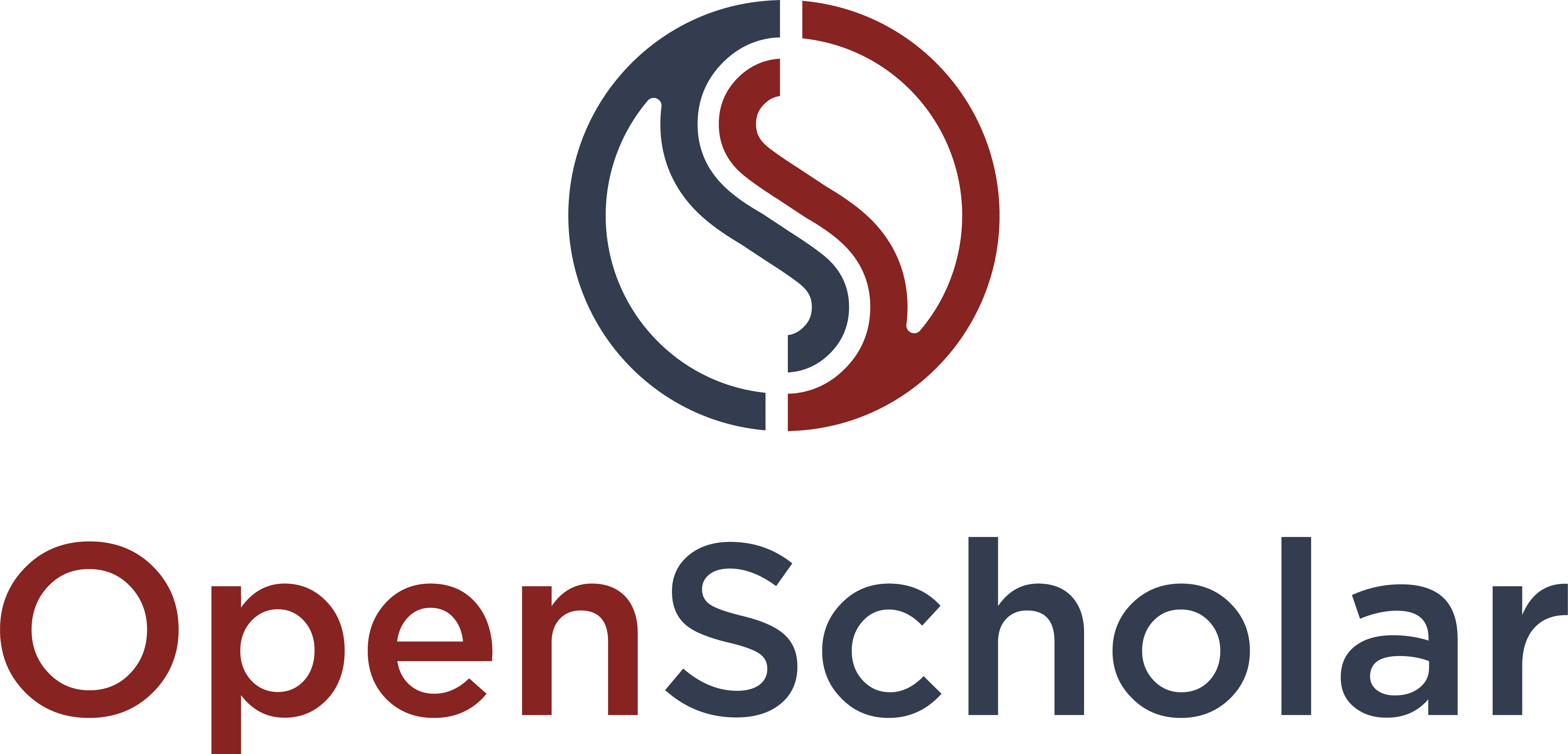Accessibility is important to OpenScholar and to our customers, and for good reason. We want everyone to access the information they need from an OpenScholar site, and it’s a legal requirement.
We are constantly improving our product to ensure we meet WCAG requirements. On the back end, we are ensuring that our preset content and themes meet these requirements through things like color contrast (font colors must not blend into the background), default font sizes, and mobile responsiveness.
There are also things that site creators need to be aware of that impact accessibility. When building your site, consider these guidelines.
1. Use Title Case for headings and avoid ALL CAPS in most cases - Avoid using ALL CAPS for titles and headings. Use Title Case. Acronyms can be in ALL CAPS. It seems that menu navigation labels can also be in ALL CAPS.
2. Left Align text - Do not right-align, center-align, or justify text. Left-aligned text is easier to read.
3. Apply good Alt Text on Images - It’s essential that all images have Alt Text associated with them for those who are visually impaired and use a screen reader, and for anyone whose page may not load the image. It’s also essential for SEO. Alt Text needs to be descriptive - i.e., “Henry Jones Picture” or “Image of DNA cell structure” and not “bkd_45_HJ_pic.jpg” or something like that. Do your best to apply good alt text. It’s up to clients to update Alt Text if they prefer something different.
4. Don’t use images of text - Always use text where text is needed, not an image of text.
Example of an image of text:

5. Use Default Colors - Themes have your organization’s branding applied, but in some places in the WYSIWYG editor, you may see other color options. Be sure to stick with the default font colors. Color contrast impacts accessibility.
6. Purposeful links - Ensure every link’s purpose is clear from its context.
Example of a good link: To join one of our training sessions, go to OpenScholar’s Training Calendar.
Example of a bad link: To join one of our training sessions, click here.
This is important for accessibility and for SEO. Be sure you update default links in OpenScholar.
7. Titles, Headings and Labels are clear - All Titles, headings and labels are helpful and clear. In other words, instead of “Research Area 1” it’s “DNA Research.”
8. Provide captions and transcripts - non-text media like video and audio recordings should have text alternatives. See our page about Adding captions and transcripts for tips on how to do this.

